Living smart!
A take on the adoption rate of smart home devices
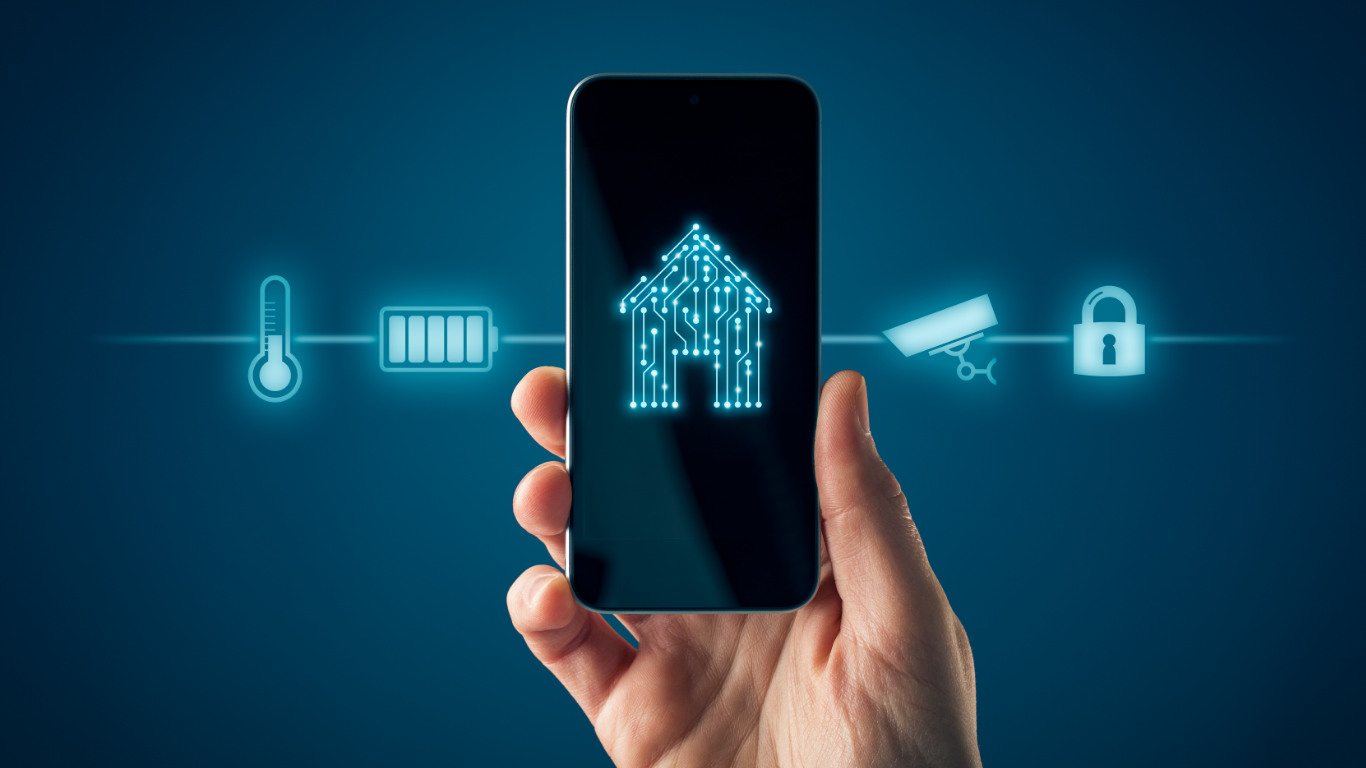
Remember the ‘Foodarackacycle’ machine from an episode of the 1962 animated series ‘The Jetsons’ that produced any food item at a click of a button? Back then, the home technology featured in the series was considered absurd. Around five decades later, even though we are yet to see floating buildings or flying cars, smart home technology has arrived and is thriving.
Emerging trends, rising desire for convenient lifestyles, tech-savvy consumers, as well as increased acceptance of cloud-based technologies have made the smart home market appear promising. On the flip side, there exist factors that might slow down the otherwise accelerated adoption rate for smart home devices.
We bring you some fascinating consumer insights regarding the adoption of smart home devices and the general trust people have for this technology that is slowly becoming a part of our daily life at home.
**Some of the graphs do not represent data adding up to 100 the associated survey questions were multiple choice.
Smart home devices are about comfort and convenience
In pursuit of convenience and considering the utility of household management, people are actively buying smart home devices. Thanks to an increased awareness of the potential of these devices. They do make our lives easier and more convenient while expanding entertainment options and making us feel safer.
However, some own these devices not for convenience but as a fad.
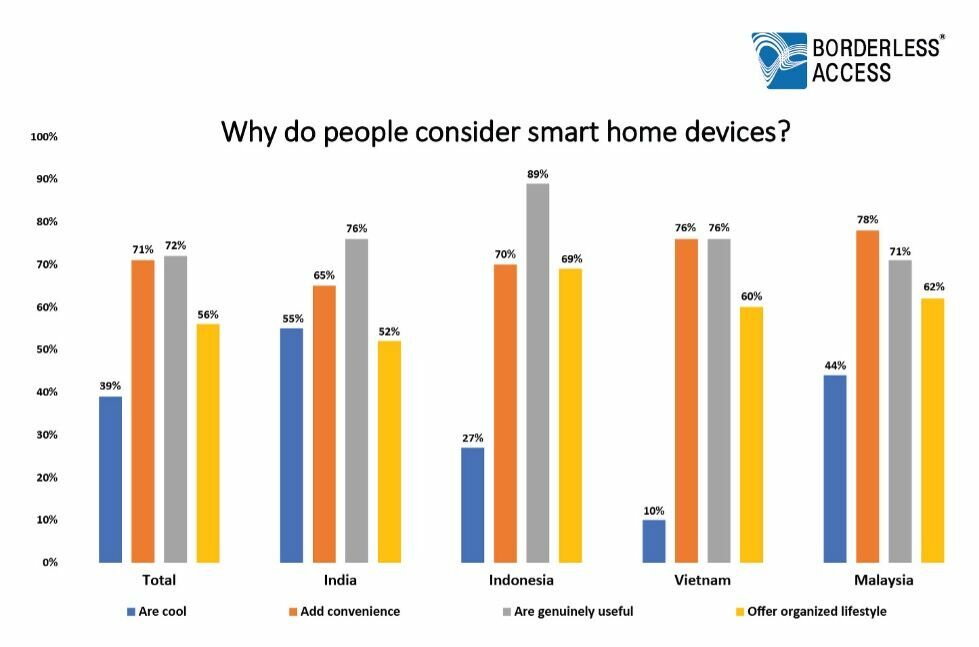
Sit back and relax while these devices do the work for you!
The most popular smart home devices are smart TVs, smart speakers and smart lights.
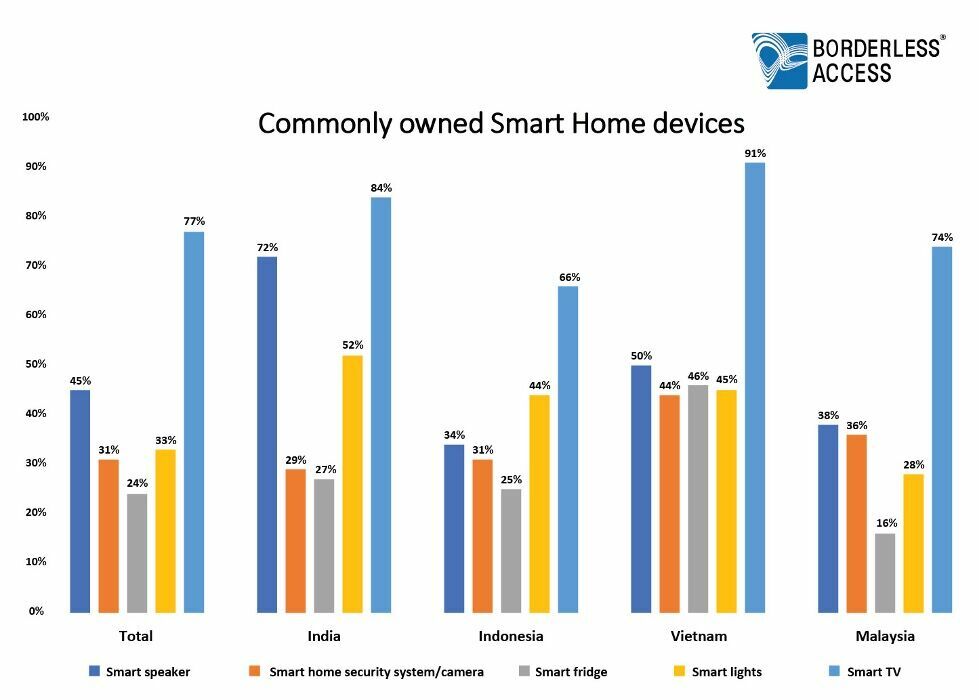
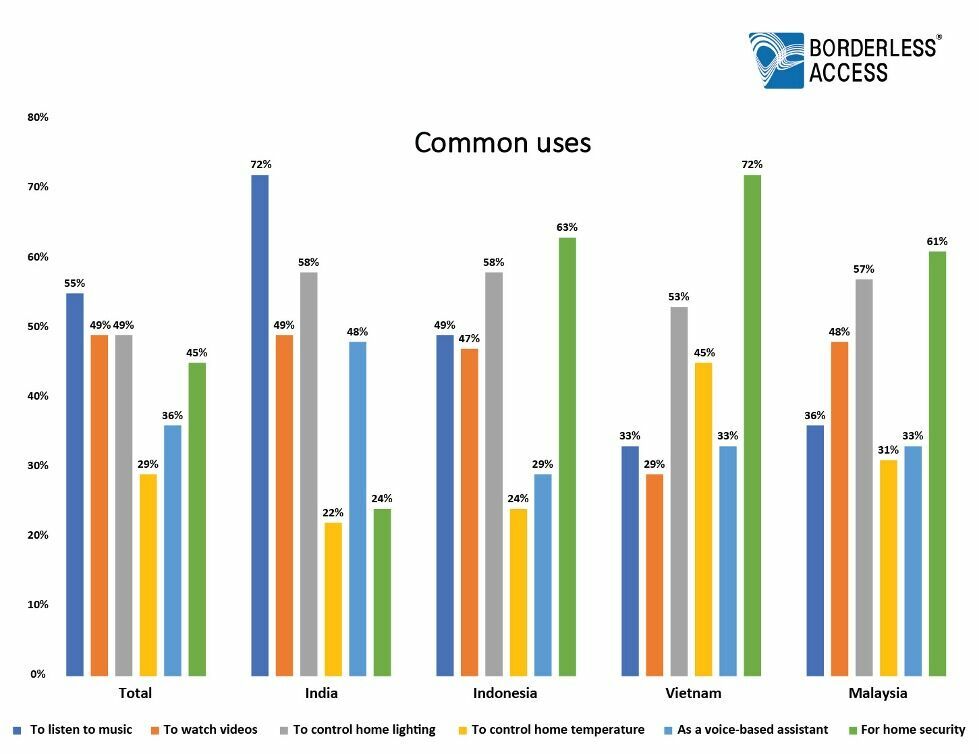
In terms of owning or buying smart home devices for security purposes, the market size in these nations is still in its infancy, but they appear to be promising.
That smart speaker might be listening to you!
In October 2016, a botnet called Mirai launched an attack on multiple social network websites by infiltrating networked devices such as DVRs, cameras, and routers. As a result, several social media networks remained down for a couple of hours. You can probably relate to it, how smart home devices with poor security can be a threat.
People interested in smart devices, hence, have displayed a lower level of trust in data privacy. Consumers are particularly concerned that the devices are always listening/watching and have raised doubts if their data is shared with third parties.
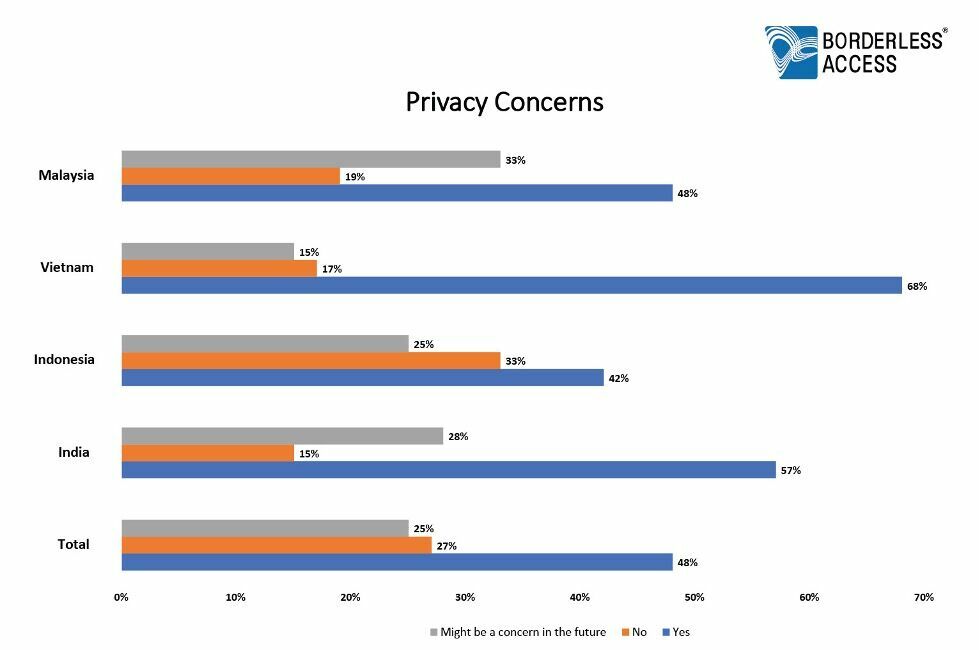
Smart home devices allow users to access information about their homes from remote locations, providing them with the convenience of managing households from anywhere. On the other hand, security concerns and vulnerabilities continue to be a source of concern for both manufacturers and users of such devices.
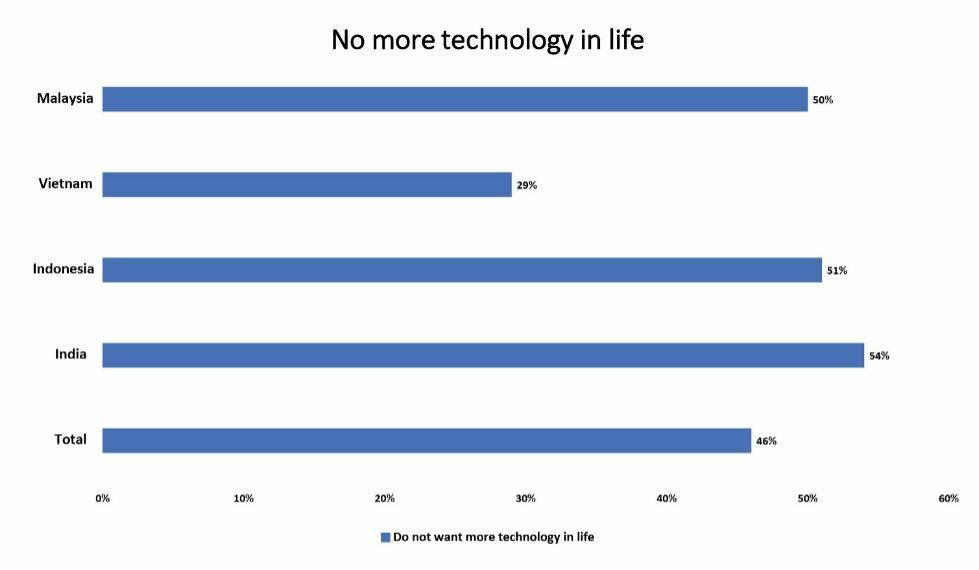
A general approach is that data stored on small smart devices are more vulnerable to a privacy breach. There have been cases where consumers’ private data is being collected and processed by third parties and sometimes this is done without users’ consent. Even if the data is retrieved by hacking an insecure system or device, the end result is generally the same. Unfortunately, consumers have no control over this privacy breach and, in most cases, they are unaware of the third-party access to this data.
Even if a precaution has been implemented at the user’s end, it can only limit the amount of data collected but not stop it from getting leaked. For proper security and privacy, smart home device brands need to address these issues.
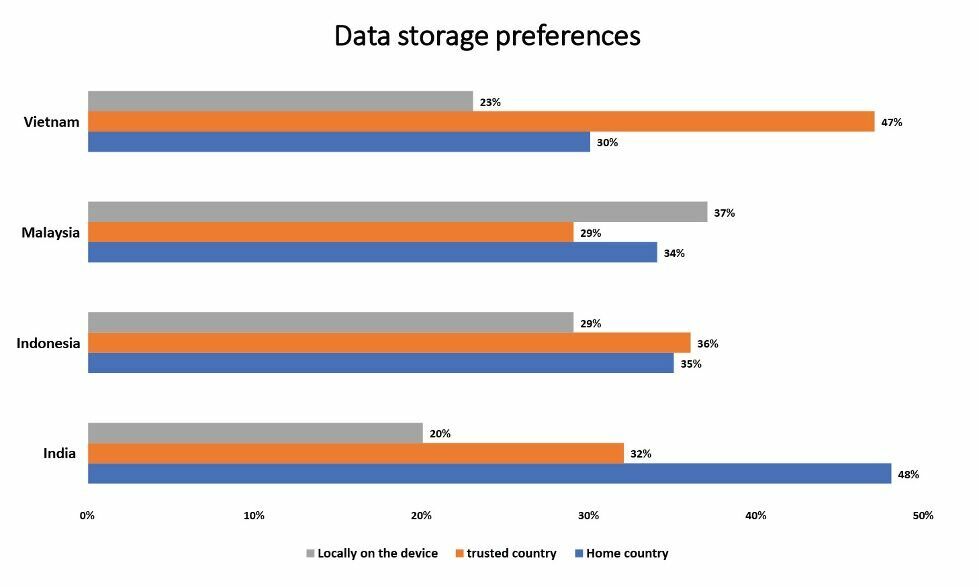
Additionally, both developers and users need to address safety and privacy vulnerabilities.
Conclusion
With advancements in AI and the introduction of new devices, smart home devices are now widely accepted as a new norm. The time and effort saving capabilities that these devices offer play a huge role in their adoption. The convenience these devices provide have made them not just a choice, but a necessity. But convenience does come with caveats; in this case, it is privacy. As the popularity of these devices increases, so does awareness of their drawbacks, which has the consumers demand better security included for these devices.
The pandemic has also accelerated the rise in the usage of smart home devices. Connected homes with home care solutions (such as contactless deliveries with smart locks and cameras or tracking meetings and tasks with smart speakers/hub) can make working remotely manageable and maximise productivity.
Aditi Bhonsle
Associate Vice-President, Research Services at Borderless AccessAditi has over 20 years of experience in market research and analytics. She has led many client engagement initiatives that require expertise in-depth analysis and a deep understanding of market research. She has extensive working experience in the technology research space and managed studies related to customer satisfaction, net promoter, brand awareness and perceptions tracking, habits and attitudes, pricing evaluation, etc.